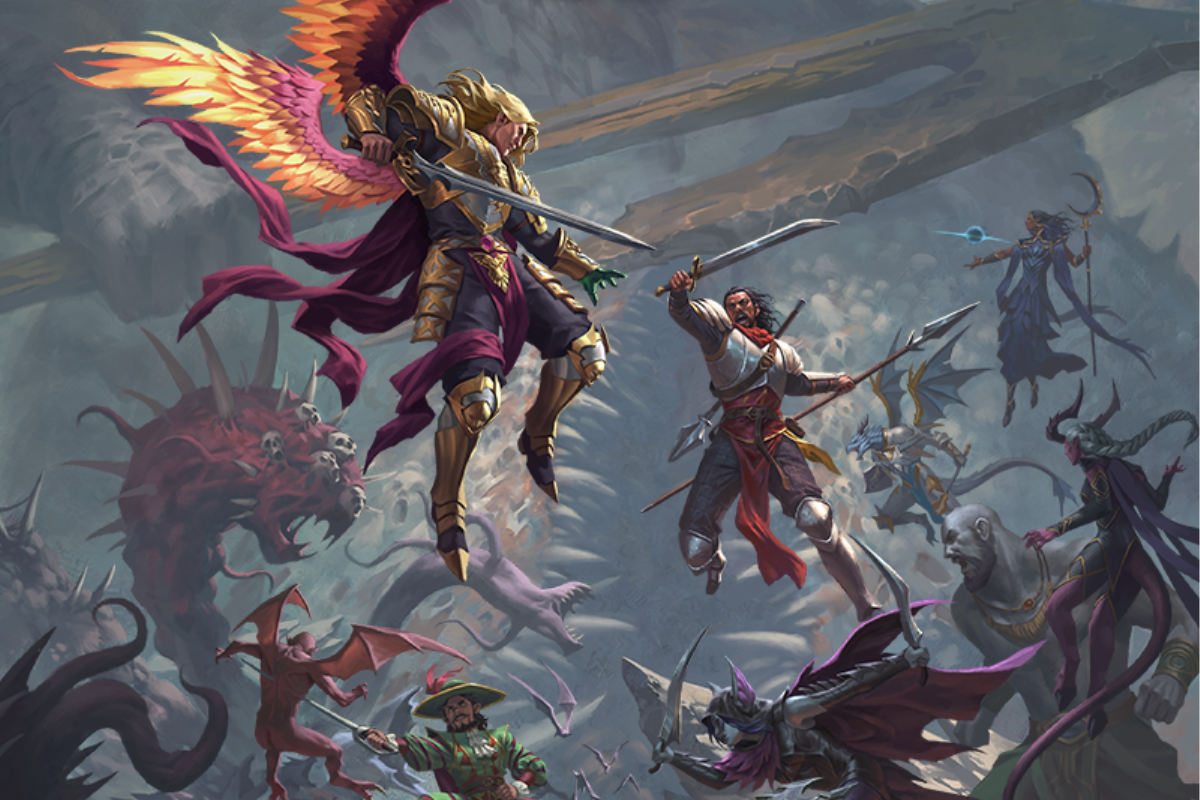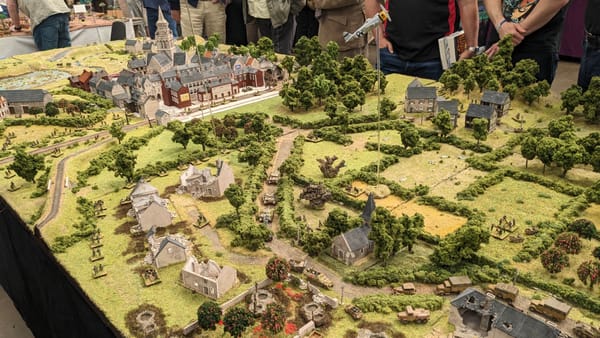How MCDM designed Draw Steel alongside their fans
Step one: raise millions. But what’s step two?

When MCDM launched the crowdfunding campaign for their new fantasy RPG in December 2023, they were striking while the post-OGL iron was hot. With the power of founder Matt Colville’s YouTube audience, the company raised more than $4 million. And the game didn’t even have a name yet — it was simply called the MCDM RPG. Now, after a relatively quiet development period, it has a tentative release date of July 2025. It’s also got a name: Draw Steel.
But that’s not the only thing the game has picked up on its journey. It has somehow accumulated a third-party adventure, homebrew classes, a digital character builder, multiple podcasts, and actual play videos — all before release date. How does that happen? Is it just because MCDM released a creator license alongside their playtest rules? Maybe, but that just raises the question of why they prioritized it so early.
The answer, as it turns out, is all about the game's origins and how it's been developed over the past two years. It is technically already live. “[People] are already playing it”, said James Introcaso, Lead Game Designer at MCDM. “They've been playing it, in many cases, since… December was our final public packet that we've put out. And so I think for many people, they're like, I know this game. I've been playing it for months now.”
In true indie fashion, Draw Steel is a game that has already lived many lives and cycled through many incarnations even before it comes out. Its release will only be one more stop on a long journey.
The crowdfunding campaign only showed backers the barest bones of Draw Steel’s system. There was a version in playtest — MCDM used both volunteer and paid playtesters all through the development — but it was “volatile”, in Introcaso’s words. “Everything was on the table to change at that point. And we let people know.” And most everything did change over the course of future iterations. The main thing that really remained the same was the identity of the game, which was encapsulated in four words: tactical, heroic, cinematic, and fantasy.
These four words were the pig iron that Colville, Introcaso, and the rest of the team hammered into their vision for the game. They also had to decide once and for all whether they were going to be a D20 game or not. As a company whose third-party 5E products allowed them to support a staff of 11 people, it wasn’t an easy decision. “Are we shooting ourselves in the foot?” said Introcaso. “Ultimately we thought, no, we should start from first principles and examine this stuff. And the more we did that, the more faith we had in ourselves and in the project. Because as soon as we decided to leave the D20 behind, it was kind of like, well, now it's already different.”





